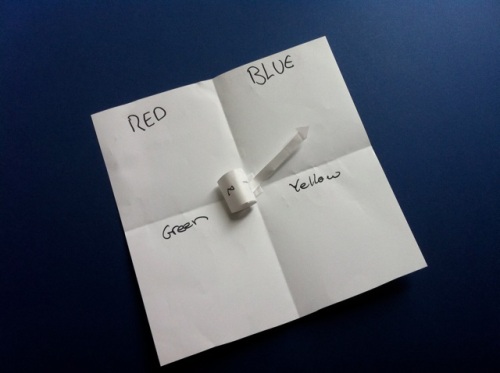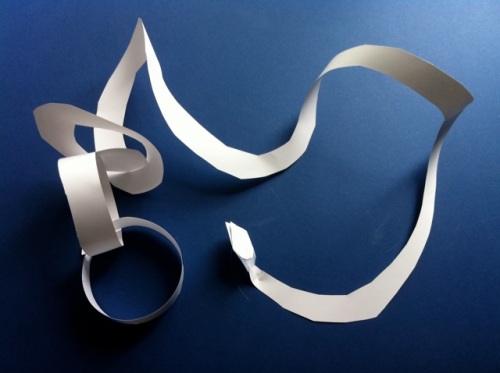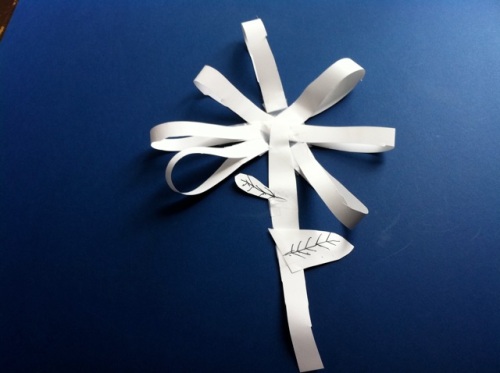Scott Berkun’s article about Google’s 20% time mentions that the Google founders Sergey Brin and Larry Page shared during their talk at TED that the Montessori school philosophy influenced their ideas on 20% time. I find it stunning that a school-philosophy triggered what I believe to be one of the most amazing concept for a work environment.
For those of you that don’t know: Google’s 20 percent time is a well-known part of their philosophy, enabling engineers to spend one day a week working on projects that aren’t necessarily in their job descriptions. You can use the time to develop something new, or if you see something that’s broken, you can use the time to fix it.
Here’s Sergey Brin and Larry Page’s (not so recent TED) talk (jump top 8:50 if you want to hear the Montessori part):
spend one day a week working on projects that aren’t necessarily in their job descriptions





